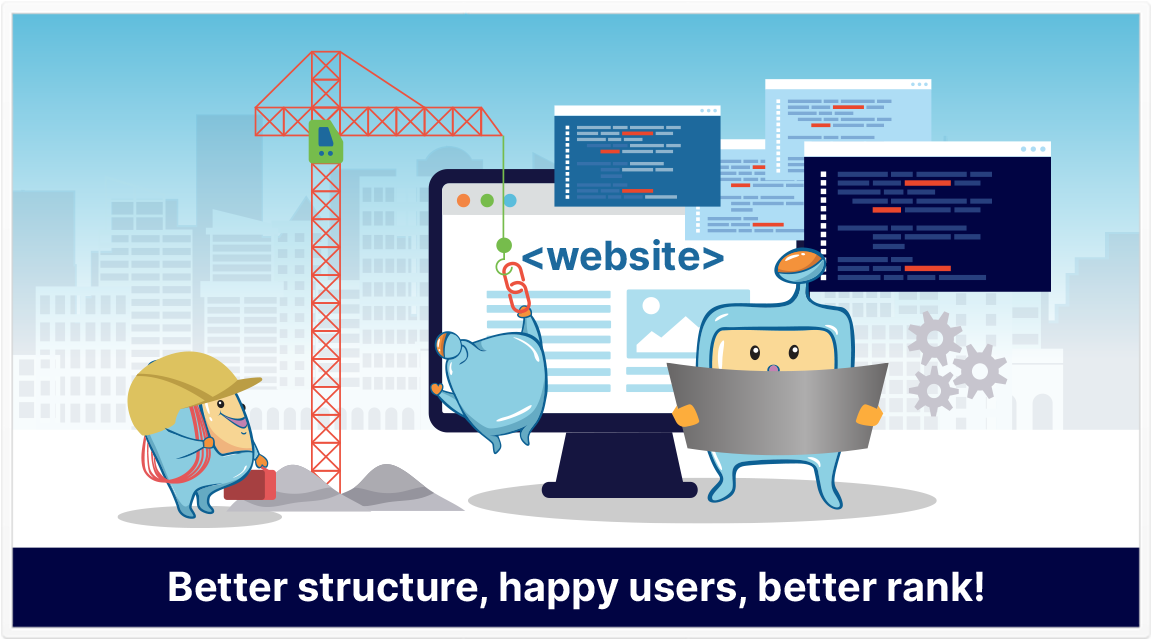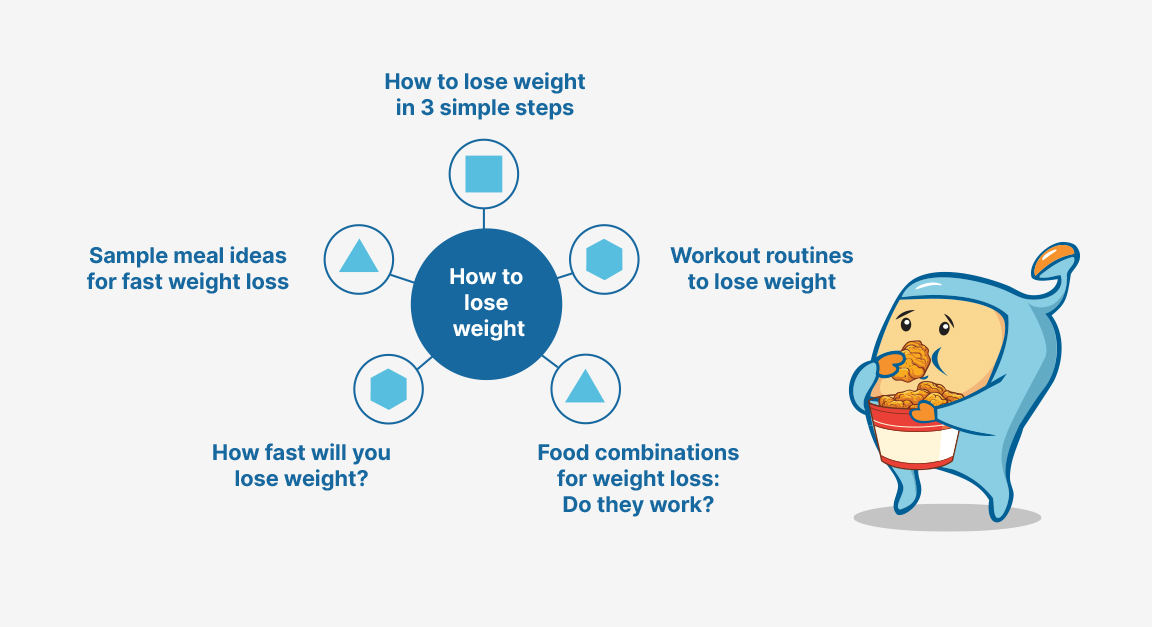Website architecture is a critical aspect of website development that encompasses the planning and design of a website's technical, functional, and visual components.
It plays a vital role in enhancing both the user experience and search engine optimization (SEO) of a website.
In this article, we will explore the importance of website architecture for SEO, discuss best practices to optimize your site's structure, and provide information architecture tips to create an intuitive and user-friendly online presence.

Here is what you will read in this article:

Website architecture refers to the planning and design of a website's technical, functional, and visual components before it is developed and deployed.
It involves creating a logical layout and structure that meets the needs of both the user and the business.
The architecture encompasses various elements such as server and storage space, user interface design, functionality, and security parameters.
It serves as the foundation for the website's construction and determines how the website will operate and provide services to its users.

Website architecture plays a crucial role in search engine optimization (SEO).
A well-organized and intuitive website architecture improves the user experience, which in turn positively impacts search engine rankings.
When users can easily navigate through your website and find the information they need, they are more likely to spend more time on your site and engage with your content.
This leads to lower bounce rates and higher user satisfaction, factors that search engines consider when determining the relevance and quality of a website.
Additionally, a well-structured website architecture enables search engine crawlers to effectively crawl and index your website.
Clear categories, subcategories, and internal linking make it easier for search engine bots to understand the layout of your site, identify the most important pages, and establish relationships between different pages.
This enhances search engines' understanding of your website's content and increases the chances of ranking for relevant search terms.

To optimize your website architecture for both users and search engines, consider the following best practices:
Create a clear and concise top-level navigation menu that allows users to easily access the main sections of your website.
Avoid overcrowding the menu with too many items and ensure that the content promised by each menu item is delivered when clicked.
Provide a simple navigation path back to the homepage from any page on your site.
Craft user-friendly and memorable URLs that reflect the content of the page.
Avoid complex URLs with excessive parameters and instead use clean, descriptive URLs that include relevant keywords.
CMS systems like CMS Hub and WordPress often generate user-friendly URLs based on page titles, making them more intuitive and easier to share.
Analyze and emulate the website architecture of successful brands in your industry.
By aligning your structure with familiar patterns, users will find it easier to navigate your site.
Study how leading websites organize their categories, subcategories, and content to create a similar user experience.
Ensure that your website follows a consistent design pattern, navigation format, and labeling across all pages.
Consistency helps users navigate your site more easily and improves the overall user experience.
When adding new content, maintain the same structure and design principles to provide a seamless browsing experience.

Adopt an internal linking strategy that utilizes pillar pages and clusters.
Designate a parent page (pillar) that links to related child pages (clusters), and ensure that the child pages also link to each other.
This internal linking model enhances the structure of your website, guides users to relevant content, and strengthens topical authority.
Avoid keyword stuffing in anchor text and focus on providing value and relevance in your internal links.
This is known as black hat SEO, and in order to prevent it, Google has developed algorithms that penalize this type of behavior.
Strive to make your website easily navigable, even if it contains a large number of pages.
Organize your site hierarchy in such a way that users can reach any page within three to four clicks from the homepage.
Design a top-level navigation that leads to main categories, and ensure that users can access all sub-category pages from each main category.
Implement breadcrumbs to display the architecture of your website.
Breadcrumbs provide users with a trail of links that show the parent pages leading to the current page.
Placed above the page title, breadcrumbs help users understand their current location within the site's structure and allow for easy navigation back to previous pages.
Create a sitemap that lists all crawlable pages of your website.
An HTML sitemap is designed in the same style as your website and is user-friendly.
It serves as a navigational aid for users who may have difficulty finding a specific page.
An XML sitemap, on the other hand, is intended for search engines and helps them crawl and index your site more effectively.

When designing your website's structure, consider the following tips for effective information architecture:
Revisit, check, and replicate: Website architecture is an iterative process.
Test and gather feedback on your structure using website testing tools, and incorporate the findings into subsequent iterations.
Regularly reassess and refine your architecture to create a better user experience.
Don't try this alone: Collaborate with a team or involve project stakeholders and business analysts in the website architecture process.
Consider the intention, goals, scope, and audience of your website to ensure that the structure aligns with these factors.
Consistent user experience: Maintain consistency in labels, headings, and content groupings throughout your website.
Establish a structured pattern that provides a consistent experience for users, even as new content is added.
Recognize that one IA does not fit all: While there are principles and best practices to guide you, design your website's structure to meet the specific needs of your users and business objectives.
Tailor the architecture to align with the browsing and searching habits of your target audience.
A well-planned website architecture is essential for both user experience and SEO.
By implementing best practices and following effective information architecture tips, you can create a website that is easy to navigate, satisfies user expectations, and ranks well in search engines.
A solid website structure leads to improved engagement, higher conversions, and increased revenue for your business.
Invest time and effort into designing and optimizing your website architecture, and reap the benefits of a well-structured online presence.